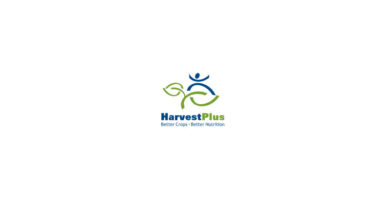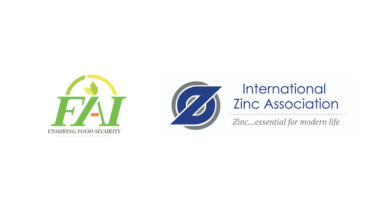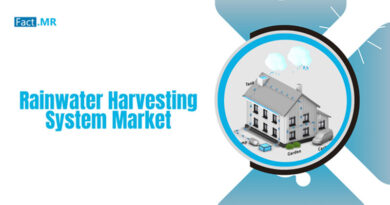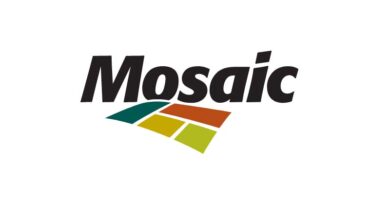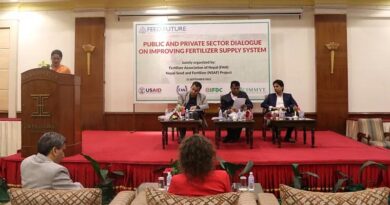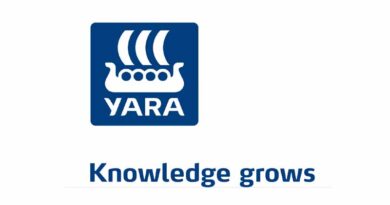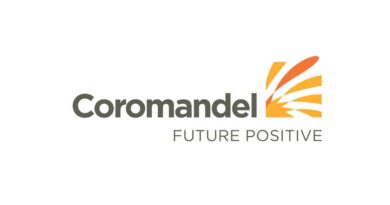Comprehensive Analysis and Future Outlook of the Chelated-Iron Agricultural Micronutrient Market
06 May 2024, New Delhi: Persistence Market Research recently published an updated analysis on the chelated-iron agricultural micronutrient market. According to their findings, the market was valued at almost US$ 148 million in 2021 and is anticipated to grow by 2.7 times by the end of the decade. Analysts project an incremental opportunity of US$ 258.5 million by 2031. Over the next ten years, the global chelated-iron agricultural micronutrient market is expected to experience a remarkable compound annual growth rate (CAGR) of 10.6%.
Market Dynamics in the Chelated-Iron Agricultural Micronutrient Sector
Within the chelated-iron agricultural micronutrient market, several dynamics shape its trajectory, presenting both challenges and opportunities for stakeholders.
Market Challenges:
One of the significant challenges faced by players in this market is ensuring the effective distribution of chelated-iron agricultural micronutrients to end-users, particularly in remote or underserved agricultural regions. Distribution networks must be robust and efficient to reach farmers effectively according persistence market research.
Market Restraints:
Regulatory hurdles and compliance requirements can act as restraints, impeding the growth of the chelated-iron agricultural micronutrient market. Adhering to varying regulatory frameworks across different regions demands significant resources and can slow down market expansion.
Market Mergers & Acquisitions:
The chelated-iron agricultural micronutrient sector has witnessed a flurry of mergers and acquisitions in recent years. Companies are strategically aligning themselves through mergers and acquisitions to enhance their market presence, expand their product portfolios, and leverage synergies to drive growth.
Market Opportunities:
Despite challenges, numerous opportunities abound in the chelated-iron agricultural micronutrient market. Technological advancements, such as precision agriculture and the development of innovative chelation techniques, present avenues for market players to differentiate themselves and cater to evolving farmer needs. Moreover, increasing awareness about the benefits of micronutrient supplementation in agriculture and the growing demand for high-quality crops provide fertile ground for market expansion.
Region-Wise Analysis of the Chelated-Iron Agricultural Micronutrient Market
Understanding the regional dynamics is crucial for grasping the nuances of the chelated-iron agricultural micronutrient market.
North America:
North America holds a significant share in the global chelated-iron agricultural micronutrient market. The region benefits from advanced agricultural practices and a high adoption rate of micronutrient fertilizers. Moreover, increasing investments in sustainable farming practices further propel market growth in this region.
Europe:
Europe is another key region in the chelated-iron agricultural micronutrient market. Stringent regulations regarding fertilizer usage drive the demand for micronutrient-based fertilizers, including chelated-iron formulations. Additionally, the emphasis on organic farming practices and environmentally friendly agriculture augments market expansion in Europe.
Asia Pacific:
The Asia Pacific region exhibits immense growth potential for the chelated-iron agricultural micronutrient market. Rapid urbanization, coupled with a growing population, escalates the demand for high-quality agricultural produce, thereby driving the adoption of micronutrient fertilizers. Furthermore, government initiatives to enhance agricultural productivity and improve soil health contribute to market growth in this region.
Latin America:
Latin America is emerging as a lucrative market for chelated-iron agricultural micronutrients. The region’s vast agricultural land and favorable climatic conditions make it conducive for agricultural activities. Increasing awareness about micronutrient deficiencies in soils and the benefits of chelated-iron fertilizers propel market growth in Latin America.
Middle East and Africa:
In the Middle East and Africa region, the chelated-iron agricultural micronutrient market is driven by the need to address soil nutrient deficiencies and improve crop yields. Government initiatives to modernize agricultural practices and enhance food security further stimulate market growth in this region.
Conclusion:
Each region presents unique opportunities and challenges for the chelated-iron agricultural micronutrient market. Understanding regional dynamics is essential for market players to tailor their strategies and capitalize on growth prospects effectively.
Future Outlook of the Chelated-Iron Agricultural Micronutrient Market
As the chelated-iron agricultural micronutrient market continues to evolve, several trends and developments are shaping its future trajectory.
Technological Advancements:
The future of the chelated-iron agricultural micronutrient market is likely to be characterized by rapid technological advancements. Innovations in chelation techniques, formulation methods, and delivery systems are expected to enhance the efficacy and efficiency of micronutrient fertilizers, driving market growth.
Sustainable Agriculture Practices:
With increasing concerns about environmental sustainability and climate change, there is a growing emphasis on sustainable agriculture practices. Chelated-iron agricultural micronutrients play a vital role in promoting soil health, reducing nutrient runoff, and enhancing crop resilience, aligning with the objectives of sustainable agriculture.
Shift Towards Precision Agriculture:
The adoption of precision agriculture techniques is gaining traction globally, offering opportunities for the chelated-iron agricultural micronutrient market. Precision agriculture enables farmers to optimize input usage, including micronutrient fertilizers, based on precise field-level data, leading to improved crop yields and resource efficiency.
Market Expansion in Emerging Economies:
Emerging economies, particularly in Asia Pacific, Latin America, and Africa, present significant growth opportunities for the chelated-iron agricultural micronutrient market. Rising population, increasing disposable incomes, and government initiatives to modernize agriculture are expected to drive demand for micronutrient fertilizers in these regions.
Collaborative Partnerships and Strategic Alliances:
Collaboration and partnerships between industry players, research institutions, and government agencies are likely to play a crucial role in driving innovation and market growth in the chelated-iron agricultural micronutrient sector. Strategic alliances can facilitate knowledge exchange, technology transfer, and market expansion initiatives.
Conclusion:
The future outlook for the chelated-iron agricultural micronutrient market appears promising, driven by technological advancements, sustainable agriculture practices, and market expansion in emerging economies. However, market players need to remain agile and proactive in adapting to evolving trends and consumer preferences to capitalize on growth opportunities effectively.
Also Read: PAU Registers First Biocontrol Agent for Foot Rot Disease Management in Basmati Paddy
(For Latest Agriculture News & Updates, follow Krishak Jagat on Google News)


